Living in RS
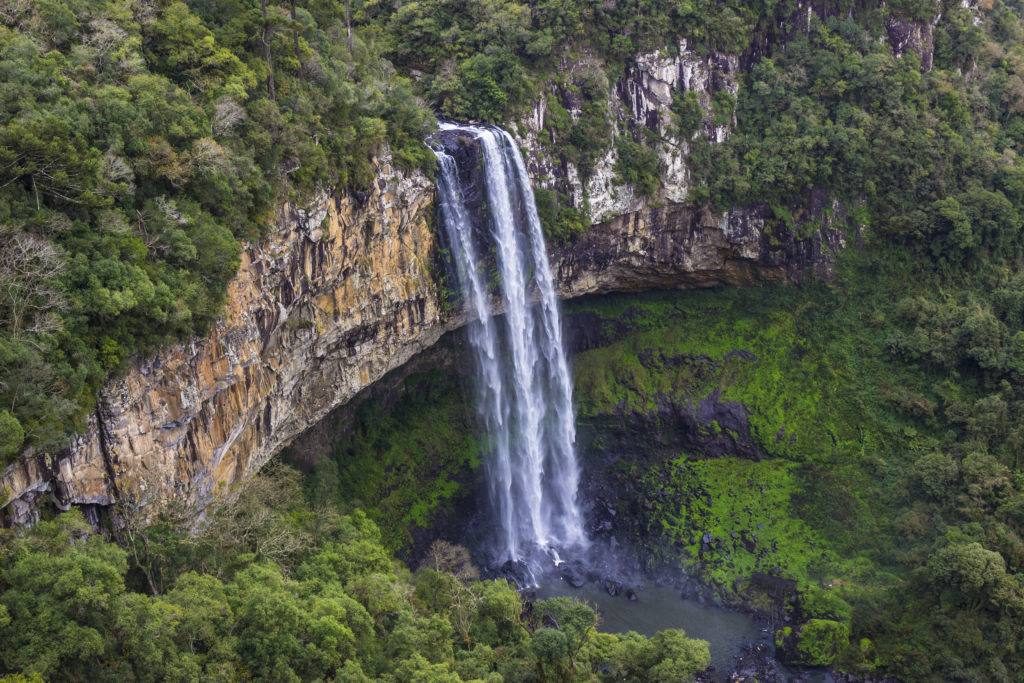
Brazil is known for its diversity, and it is no wonder that the state of Rio Grande do Sul is part of this nation. The state is extremely diverse and with beautiful landscapes capable of conquering anyone. Adventure parks, nature reserves, archaeological sites, beaches, waterfalls, canyons, quality wineries and craft breweries are some of the attractions of this state. Rio Grande do Sul is located in the south of Brazil and has a subtropical / temperate climate with well-defined seasons, moderately cold winters and hot summers.
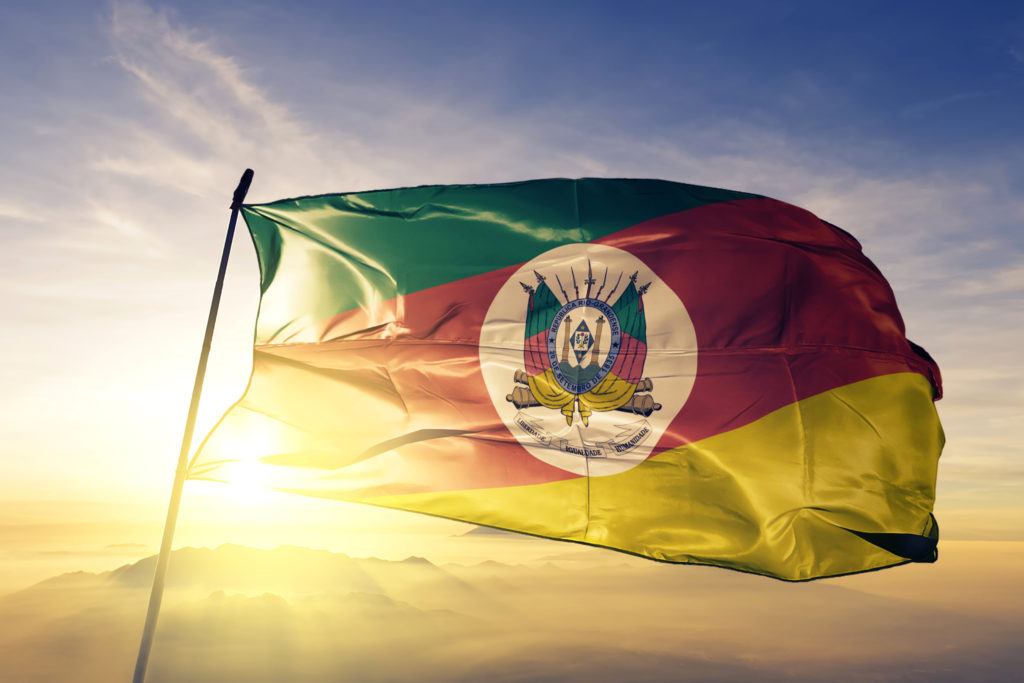
Whoever is born in Rio Grande do Sul is called a gaucho (a). From a genetic point of view, the gaucho is the miscegenation of Europeans, Africans and Indians. The gaucho contributed to the defense of the borders with the Platinum Regions, participating actively in the political life of the country.
The state is in 6th place in the ranking that measures the quality of life of Brazilians. Porto Alegre, capital of the state of Rio Grande do Sul, is a national reference in medical services. The state values sustainability and innovation.
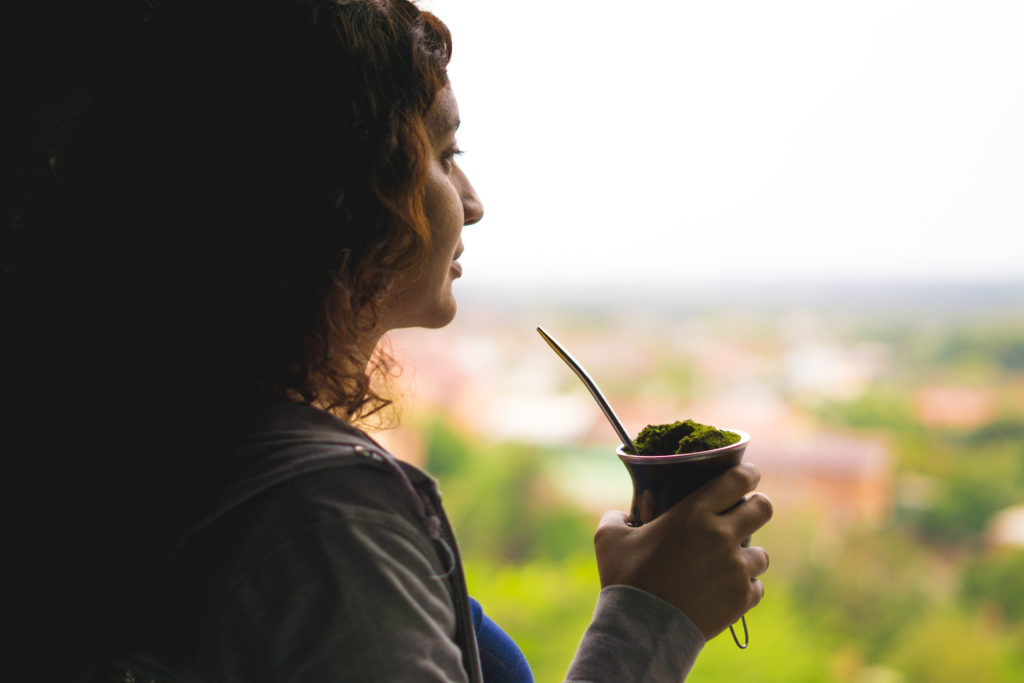
Rio Grande do Sul borders Uruguay and Argentina and these countries also share some of their culture with each other, like the typical drink called chimarrão. Chimarrão is a characteristic drink from the South Region, inherited from the Guarani, Caingangue, Quechua and Aymara indigenous cultures. It is a preparation similar to tea, made with bitter mate and drunk in a gourd through a kind of metallic straw, the bomb.
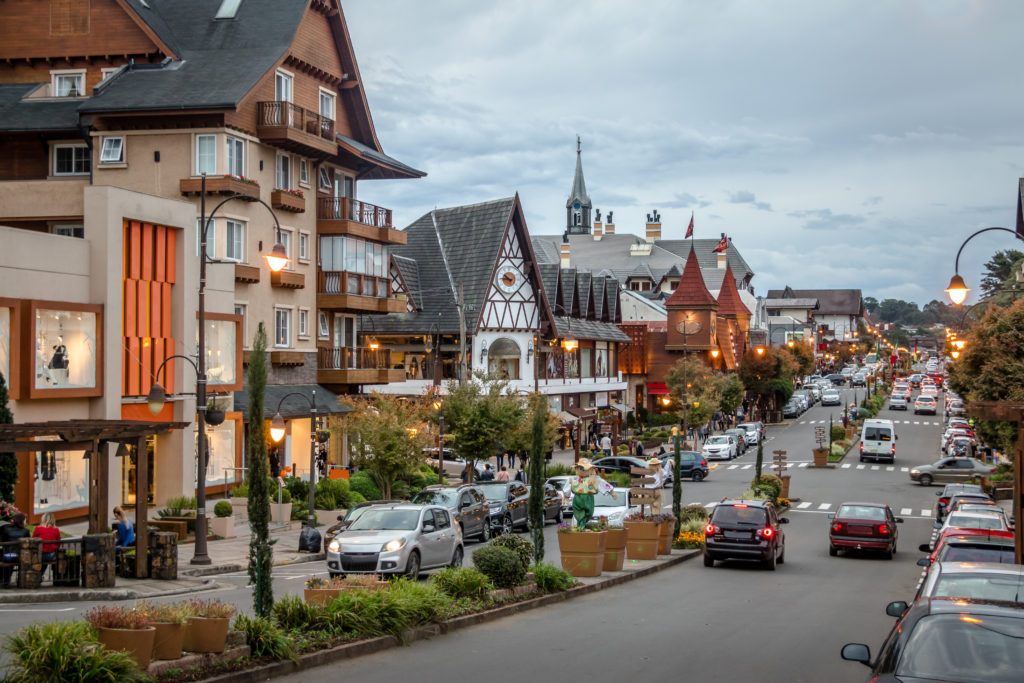
Because of miscegenation, Rio Grande do Sul is a state with a lot of cultural diversity. The Italians who came here in search of a better life, realizing how fertile the soil was, planted the grape, starting a great trade in artisanal products and wines that are now known internationally. In the Serra Gaúcha, region of grapes and wine, it is possible to check this history, taste products, visit the wineries and take a ride on Maria Fumaça, a train with several attractions that reminds us of the importance of the railway network built in the early 20th century, facilitating the flow of wine and other local products.
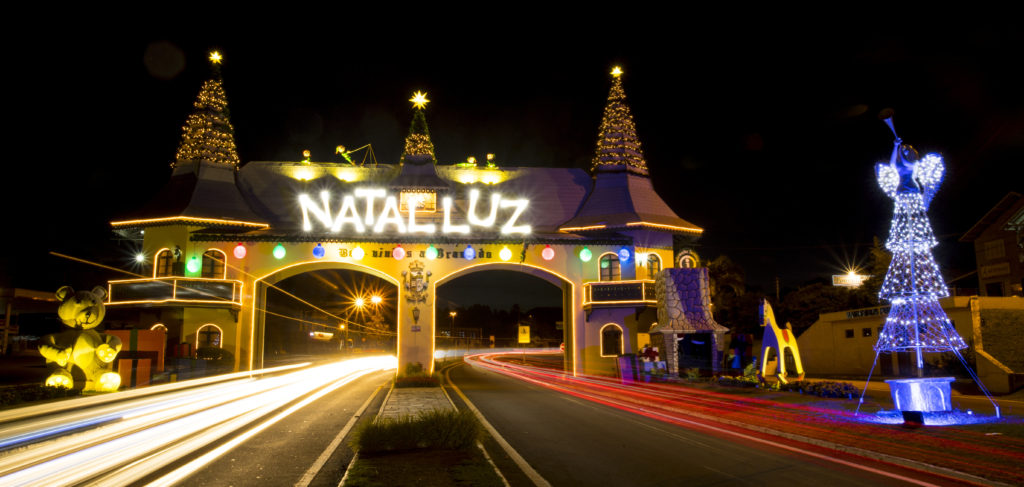
The cities of Gramado and Canela are also part of the Serra Gaúcha, in the hydrangeas region, have European structures and the mixture of German, Italian and Portuguese cultures are striking features. Gramado has attractions for the whole year. The Natal Luz that happens in Gramado every year is one of the biggest Christmas events in the world. The Gramado Film Festival is the largest festival of its kind in Brazil. In addition, the city is known as the city of chocolate, because of the production of candy.

In the northwest of the state is the city of São Miguel das Missões. The archaeological site São Miguel Arcanjo and the ruins of the church are a cultural heritage of humanity and are the most representative architectural ensemble of the ancient 7 peoples of the missions, São João Batista, Santo Ângelo Custodio, São Lourenço Mártir, São Nicolau, São Luiz Gonzaga and São Francisco de Borja were the names of the other Jesuit reductions. Some preserve remnants of the ruins and collections of works of art in cultural centers and museums.
